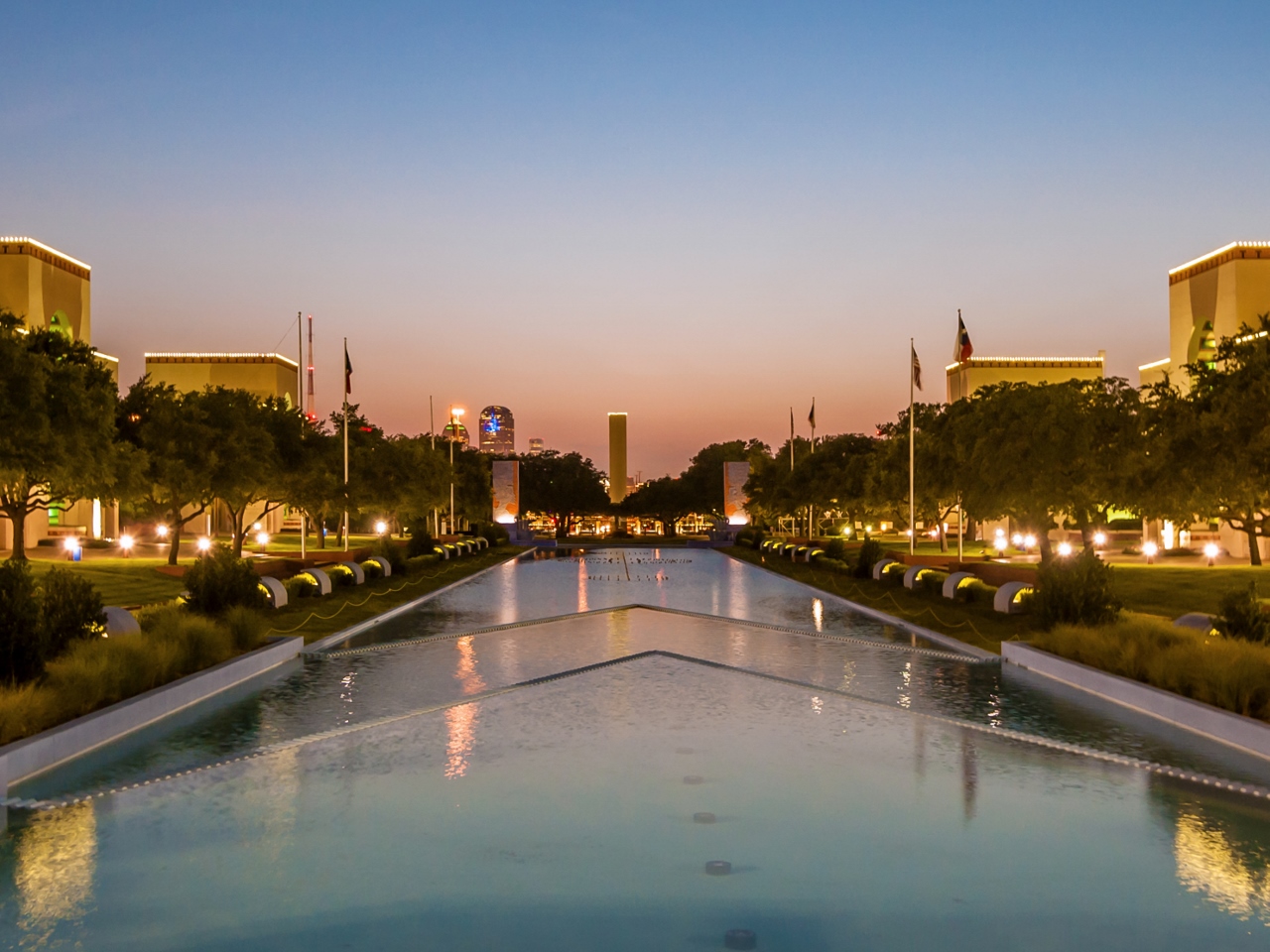Earlier this week, D Magazine hosted a panel discussion about the future of the Trinity River. One of the topics that arose during that discussion was the fact that this city has spent decades planning for a park that has never been built. In fact, when you dig back through the city’s history, it starts to feel like Dallas has been having the same conversation with itself about the Trinity for more than a 100 years: let’s make it better? How do we make it better?
And it is not just the Trinity.
Robert Wilonsky has been doing his own historical digging. Peeling through the Dallas Morning News archives, Wilonsky discovers that Dallas has been having the same conversation about how to fix Fair Park for decades. The headline “Get Dallas Moving: Fair Park presents a major opportunity for city” sounds like the title of an op-ed that could have been published by the paper any time this past year as the city looks into privatizing the management of the campus that hosts the State Fair of Texas each year. That article, however, dates to 1987.
Wilonsky links Dallas’ particular brand of civic déjà vu to the city’s own uncomfortable relationship with its past. On the one hand, Dallas is a place that values the ever-new above all else, and it has been bulldozing its history in the name of progress almost since its founding. On the other hand, the trauma of this historical erasure has left many in Dallas irrationally protective of the few remnants of the past that remain.
Fair Park, and its historic collection of art deco architecture, is the crown jewel of Dallas nostalgia. Wilonsky argues that this attitude is perhaps just as much of an obstacle to Fair Park’s success as are other oft-cited ailments, like the State Fair’s control over the so much of the park’s footprint:
But to move forward, I often wonder if we shouldn’t disabuse ourselves of this idea that Fair Park — 277 acres, most covered in concrete, most empty save for those three weeks in the fall — is sacrosanct, holy ground. Fair Park in 2017 doesn’t look like the Fair Park of 1936 doesn’t look like the Fair Park of 1885 …
But too often it feels as though Fair Park is meant to be frozen in time, a hallowed yesterday we need to schlep undisturbed into tomorrow. That does Fair Park a disservice. And it dooms the surrounding neighborhoods whose fate is tethered to crumbling, seldom-used buildings surrounded by wrought-iron fences.
This is not to say that ensuring the protection of the historic structures of Fair Park shouldn’t be a major priority for the park’s future. In fact, Wilonsky goes a step further than mere preservation, arguing that perhaps the best way to move forward with Fair Park is to rebuild some of the architectural treasures that have been lost from the park and re-imagine their uses. He throws some other worthwhile ideas in there, too – such as turning the Women’s Museum into a culinary school.
It’s an interesting idea, and I would only add one thing to the argument. Sometimes the crippling nostalgia-brain surrounding Fair Park extends beyond the physical space and architecture. There is also a sense among many that the State Fair is likewise sacrosanct, and that changing it in any way – such as limiting the amount of real estate it takes up in the park – would somehow represent an attack on something very close and dear to the very heart of Texas’ kitsch-and-corn-dog identity. I believe it would be anything but. In fact, in my experience of the fair (albeit as an admitted Yankee-born and -bred outsider who still thinks the Texas State Fair Kool-Aid tastes kind of funny) is it is too big, too disorganized, and too disorienting. The entire experience of the fair feels under-considered, as if organizers are so used to simply rolling out the same horse and pony show every year they can’t quite see how the show works anymore.
Big doesn’t mean better. Limitations inspire innovation. We can honor the past without being afraid of the future. As Wilonsky reminds us, these are important things to keep in mind as the city moves closer to a new plan for Fair Park.





